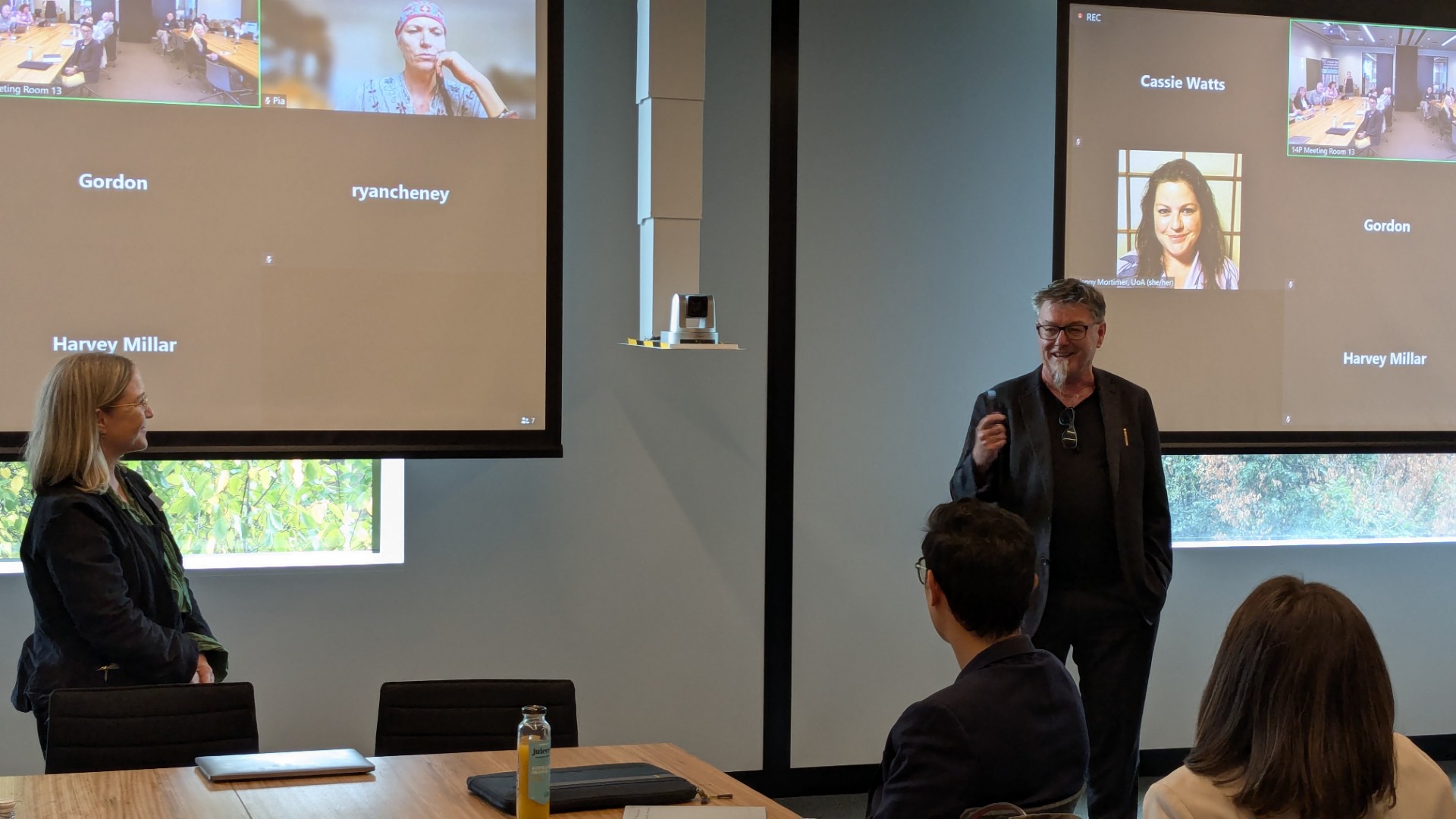Recently, we joined forces with the ARC Centre of Excellence Plants for Space to explore the possibility of using advances in this area to help solve some of the challenges of Surgery in Space. Longer space journeys such as those planned to Mars (9 months travel time each way) force us to think how trauma requiring surgery might be dealt with in a hostile, resource-limited environment.
On Earth, the advent of manufacturing technologies that can be locally deployed is impacting a number of areas but none more profoundly than the medical sector. Using approaches such as 3D printing, the realisation of customised structures based on appropriate biomaterials and manufactured on-site to address a number of medical challenges is now within our grasp. Using these bioengineering approaches, two areas poised for exciting developments on Earth are skin regeneration and bone repair.
This workshop focussed our attention on the deployment of such technologies in more extreme environments: Outer space. An issue that immediately springs to mind is the requirement for biomaterials that will make up the structures to be created to meet the medical challenge at hand. We now propose to integrate the knowledge and expertise of the Australian Research Council Centre of Excellence in Plants for Space with that embedded in the community of research scientists, engineers and clinicians that have been engaged in the design and development of deployable medical manufacturing technologies. Biomaterials that have been utilised from plant species on Earth to develop bioengineering solutions include different forms of cellulose, chitin, pectin and starch - as well as a range of materials including alginate, ulvan and carrageenan from seaweed.
During the workshop we heard from Prof Gordon Cable (ANU), Prof Fiona Wood (UWA) and Prof Peter Choong (UOM) on the challenges that must be confronted when one considers Surgery in Space. Dr Pia Winberg (Venus Shell Systems), Prof Sally Gras and Prof Mathew Lewsey (Plants for Space), and yours truly, enlightened us on the potential sources of biomolecules and biomaterials from plants that could be used. Prof Simon Moulton (Swinburne University) added a further dimension as he discussed the potential for drug manufacture and controlled release formulations in space. Dr Stephen Beirne (USyd) delivered a delightful presentation that highlighted the challenges and opportunities that spring to mind when one considers biomanufacturing in space.
There is still much to learn but the potential for advances at the intersection of the knowledge banks brought to the table is exciting!
We will now explore the functional requirements of biomolecules to be extracted from plants targeted for space travel, specifically targeting wound repair and bone regeneration. Our attention was drawn to the need for simple extraction methods to obtain the molecules and biomaterials we require from plants. In this regard the need to purify for purpose rather than regulation was raised.
In terms of fabrication, the need for simplicity, low-footprint and yet agile systems was discussed. The need for simple yet multidimensional characterisation tools that are fully integrated with the biofabrication tools was emphasised.
Throughout the day the growing importance of AI in the optimisation of fabrication processes and extracting new characterisation information from existing deployable tools was emphasised.
A big shout out to Michelle Watt, Mathew Lewsey and Peter Choong who embraced this idea from the outset and a HUGE thanks to Cassie who made sure it all happened.
